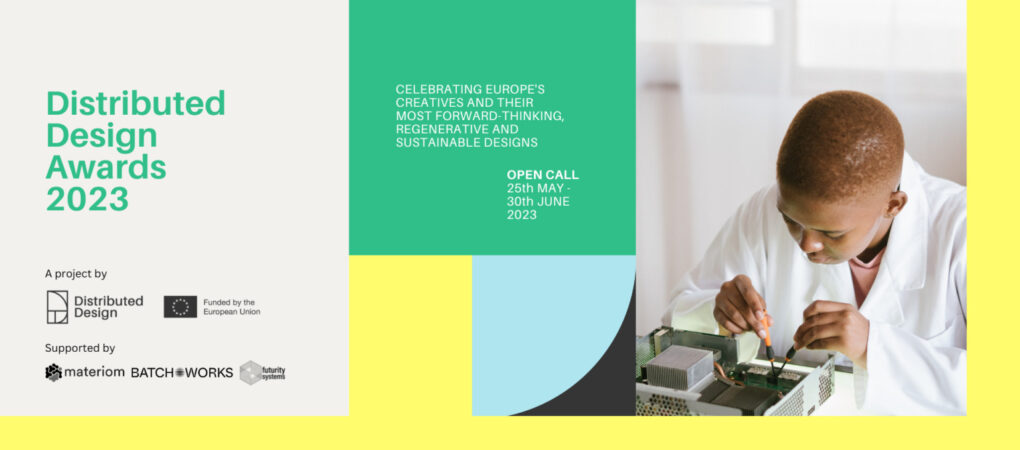
Empowering Southern Bhutan: Enhancing Food Security and Farmer Prosperity During Monsoon
Fab Bhutan Challenge stories narrated by the very participants.
A third monsoon harvest is vital for food security in the face of Himalayan landslides and monsoon storage challenges. Innovative solutions like ‘Do it Yourself’ (DIY) greenhouses, recycled materials, and geothermal cooling hold promise. Automated smart farming could help address Bhutan’s labor shortage, given proximity to low-cost labor in India. In the Fab Bhutan Challenge, our objective was to enhance food security and improve the financial stability of farmers during the monsoon season in southern Bhutan.
The B’Chill Team at the Fab Festival presentation. Credit: TTTRC Challenge team
About B’Chill
With two harvests already achievable within a year, one might wonder why a third one during the monsoon season is necessary for food security. However, due to transport issues resulting from landslides in the Himalayas region and challenges associated with food storage in the hot and humid monsoon climate, a third harvest is both economically and ecologically sensible. The challenges for this third harvest include excessively high temperatures, which, when combined with the elevated humidity, lead to root and stem rot. Furthermore, heavy rainfall can physically damage plants like chili and tomatoes. While greenhouses can mitigate some of these issues, they also tend to raise the internal temperatures even more.
The initial idea is to employ a DIY greenhouse with enhanced ventilation to counteract the risk of elevated internal temperatures. These greenhouses can be constructed by farmers using readily available materials. In subsequent iterations, should the system prove successful, the use of recycled plastic materials and living greenhouses (with trees serving as support structures) can further localize production. Additionally, the implementation of raised beds, which can also be constructed using recycled materials, will enhance airflow within the greenhouse and thus reduce the risk of root and stem rot. This will be further supported by a layered ground structure to facilitate airflow within the soil itself. The use of a CNC mill in the local FabLab allows for iterative designs.
The DIY greenhouse ready for endurance running. Credit: TTTRC Challenge team
To further address the temperature and humidity issues, a geothermal cooling system, which draws air intake through the ground, will lower air temperature and reduce air humidity, bringing both parameters within suitable ranges for the plants. Finally, a sensor network will monitor both humidity and temperature levels. Initially, this network is used to assess the feasibility of this solution, but there is potential for its extension to enable automated smart farming. Contrary to what one might believe, smart farming holds significant promise for Bhutan, especially given that labor is less expensive in neighboring India, and a shortage of farm labor exists.
Acknowledgements
This challenge was made possible by the FabLab team at the Technical Trainers Training Resources Center: Karma Chogyel, Tandin Norbu, Sonam Dorji, Tshering Gyaltshen, and Rinchen Dorji, and the institute’s principal Karma Dorji. This news post was authored by Jan Thar, Felix Klee, Maik Jähne, and Þóra Óskarsdóttir Kunzang Cheki, Kezang Loday, Violet Su, and Abubakari A. Adam.
Conclusion
After an amazing week, with immense gratitude extended to the local experts, who, of course, had already experimented with many of our initial ideas, as well as to the Fab Lab team from Sarpang, and especially to our dedicated local farming expert, we successfully established our first test setup. This setup will now be continuously monitored over time while we collect additional ideas and contemplate follow-up steps to further refine the concept. Plastic recycling, at the very least, must be included in these efforts.

